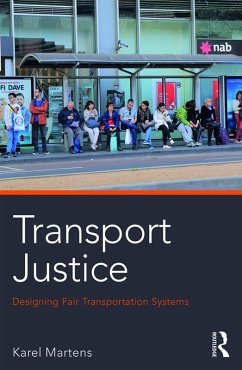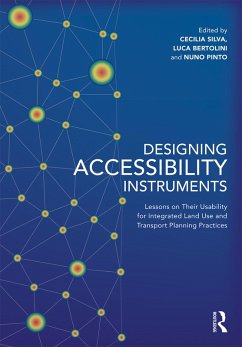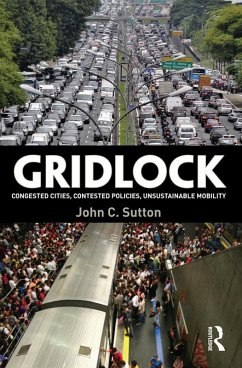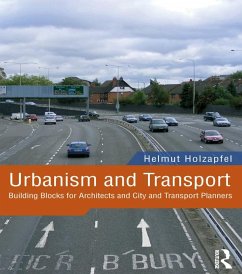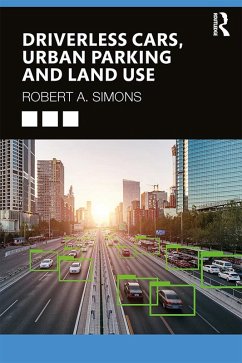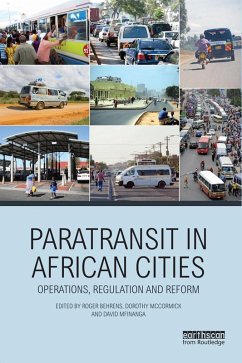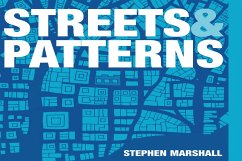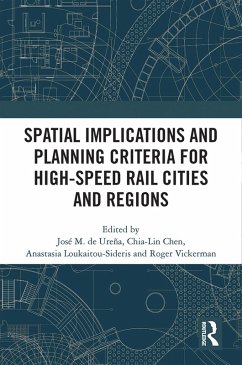
Designing Accessibility Instruments (eBook, PDF)
Lessons on Their Usability for Integrated Land Use and Transport Planning Practices
Redaktion: Silva, Cecilia; Bertolini, Luca; Pinto, Nuno
Versandkostenfrei!
Sofort per Download lieferbar
51,95 €
inkl. MwSt.
Weitere Ausgaben:

PAYBACK Punkte
26 °P sammeln!
The integration of land use and transport planning is key to making cities sustainable and liveable. Accessibility can provide an effective framework for this integration. However, today there is a significant gap between the advances in scientific knowledge on accessibility and its effective application in planning practice. In order to close this gap, Designing Accessibility Instruments introduces a novel methodology for the joint assessment and development of accessibility instruments by researchers and practitioners.The book: provides a theoretical and professional analysis of the main co...
The integration of land use and transport planning is key to making cities sustainable and liveable. Accessibility can provide an effective framework for this integration. However, today there is a significant gap between the advances in scientific knowledge on accessibility and its effective application in planning practice. In order to close this gap, Designing Accessibility Instruments introduces a novel methodology for the joint assessment and development of accessibility instruments by researchers and practitioners.
The book:
The book:
- provides a theoretical and professional analysis of the main concepts behind the definition, use and measurement of accessibility;
- undertakes a comprehensive inventory and critical analysis of accessibility instruments, focusing on the bottlenecks in their transposition to planning practice;
- introduces and applies a novel methodology for the assessment and improvement of the practical use and usefulness of accessibility instruments;
- presents six in-depth illustrative case study applications of the methodology, representing a range of cities with different geographical and institutional settings, and different levels of urban and transport planning integration.
The book is supported by a companion website - www.accessibilityplanning.eu - which extrapolates its content to a broader scope and keeps it updated and valid with new iterations of the methodology and further advances on the initial and new case studies.
Dieser Download kann aus rechtlichen Gründen nur mit Rechnungsadresse in A, B, BG, CY, CZ, D, DK, EW, E, FIN, F, GR, HR, H, IRL, I, LT, L, LR, M, NL, PL, P, R, S, SLO, SK ausgeliefert werden.





